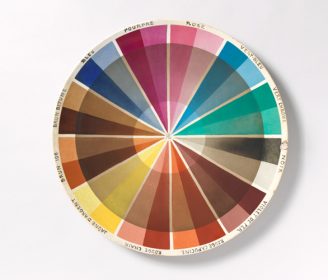Color For Your Business: 3 Ways to Use Corporate Color More Effectively
In 2018 we visited the Cooper Hewitt, Smithsonian Design Museum’s exhibition, “Saturated: The Allure and Science of Color.” The exhibition covers the development of color theory, and traces its application from antiquity to modern times through more than 190 objects. The director of the museum, Caroline Baumann, emphasizes that the exhibit “advances our understanding…




